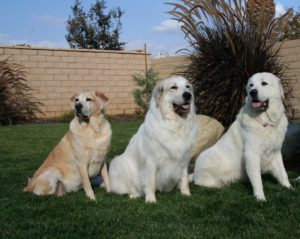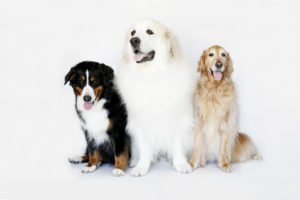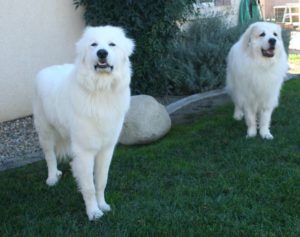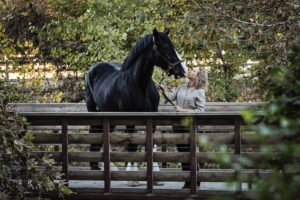But No Unicorns!

But No Unicorns!
People are often surprised when I tell them the Los Angeles County Department of Animal Care and Control (DACC) cares for animals other than dogs and cats. We also take in rabbits, guinea pigs, parrots and pet birds, hamsters, and other small pets. The wide geographical area we serve (about 3,800 sq. mi.) includes rural areas where horses, cattle, pigs, goats, sheep, and chickens and similar domestic fowl live. They regularly make it into our animal care centers. Some more unusual animals have included ferrets (which are illegal in California), llamas, alpacas, emus, peacocks, and other interesting animals.
However, one case of unusual animals sent terror through my mind, body, and soul as we prepared to respond to this case in 2017. This case gave me nightmares in the nights leading up to its resolution, and in 35 years I have never been as alarmed for the safety of the public as I was in this situation.
It began with an incident in 2014 when we received a report that a white cobra was in a resident’s backyard. My immediate thought was that this was impossible, and the resident probably saw a white python (they are common in the pet trade). Then he sent us a photo and it was indeed a cobra, with its hood fully expanded! It had struck at his dog, but thankfully did not release any venom and the dog was not seriously harmed.
I immediately directed that an animal control officer respond to the area, and he was joined by an officer from the California Department of Fish and Wildlife (CDFW) because venomous reptiles are regulated by the CDFW. They searched all day for the cobra but couldn’t find it. Later that day the CDFW called off their search, and our animal control officer asked for further instructions. I told him to continue looking, and I was sending reinforcements.
For the next four days more than a dozen Los Angeles County animal control officers scoured the area. I was terribly worried that a local child would come upon the snake and attempt to capture it, or the cobra would strike a person who was unaware of its presence. As I’m sure you are aware, cobra venom is highly fatal and there was no antivenom on hand at local hospitals; the nearest dose was in San Diego. We were told that federal regulations prohibited the transport of the antivenom to our location, so a victim would have to be flown by emergency helicopter to San Diego. We notified the local hospital emergency rooms of the potential of receiving a victim of a cobra strike. This was a life or death situation.
I really thought we would never find the snake, because the area was suburban/rural with lots of vegetation, bushes, and places for it to hide. However, we had to make every effort to do so and fortune favored our search. On the fourth day, the cobra was seen by a resident driving her car, as it slithered across the street in front of her and back to the yard where it was first spotted. Our officers immediately convened at the property, where the snake was located hiding in a pile of wood.
Two very brave DACC team members, an animal control lieutenant and animal control officer, captured the snake. The officer used snake tongs to control the cobra’s head while the lieutenant reached into the woodpile to uncoil the cobra’s body from the logs of wood. They secured the snake in a locking box for venomous snakes (up until then, this was limited to rattlesnakes). I spoke with the lieutenant a few hours later and he told me that handling a cobra was nothing like handling a rattlesnake; it was extremely fast, and his hands were still shaking from the experience! I was so grateful he and the animal control officer were able to capture the snake and they and the community were safe. This cobra was placed with the Los Angeles Zoo, where a naming contest settled on her new name: Adhira, which means lightning in Hindi.
We identified a house where we believed the snake had originated. The resident there had permits for various species of venomous snakes, but the animals were supposed to be housed at a secure facility licensed to contain venomous reptiles, miles away and not in a residential area. He denied having any such animals at his home and would not agree to a search of his property. That night, neighbors saw him loading plastic bins from a shed in his backyard into his truck and driving away. It appeared that he had removed all the reptiles from his property, so we no longer had probable cause to obtain a search warrant.
However, three years later his next-door neighbor ran over an unusual snake in her driveway with her car. Based on Adhira’s escape, she suspected it might be a similarly dangerous snake and contacted our department. An animal control officer responded and transported the dead snake to our Agoura Animal Care Center for identification. Consultation with a herpetologist confirmed this was a Cape cobra, another highly venomous snake. Clearly, the suspected owner had brought his reptiles back to his property.
Knowing he would not be willing to cooperate with a voluntary inspection, we began the work to obtain search warrants for his home and the licensed facility where the reptiles were supposed to be kept. We worked very closely with the Sheriff’s department and city officials. We also obtained the assistance of two herpetologists from the Los Angeles Zoo who were knowledgeable and comfortable handling such dangerous animals. We never would have been able to do this without them, and I will be eternally grateful for their help.
Our research discovered that the resident had permits from the California Department of Fish and Wildlife to have the following dangerous reptiles: black mamba, puff adder, American alligator, dwarf caiman, Cape cobra, king cobra, monocled cobra, western barred spitting cobra, Nile crocodile, reticulated Gila Monster, red-bellied piranha, eastern diamondback rattlesnake, timber rattlesnake, alligator snapping turtle, common snapping turtle, Gaboon viper, and rhinoceros viper.
In planning the search warrant, we determined that it would be necessary to have emergency medical support available in case someone was bitten by a snake or alligator (or sprayed in the eyes by the spitting cobra). The Sheriff’s department arranged for an ambulance, paramedics, and helicopter to be on standby to immediately transport a victim for medical assistance.
Based on the numbers allowed by the wild animal permits, we expected to find about 20-25 reptiles on the property. What we discovered were many more. We seized 140 reptiles (119 of which were venomous), including monocled cobras, albino rattlesnakes, prairie rattlesnakes, spitting cobras, Cape cobras, western diamondback rattlesnakes, Gila monsters, puff adders, Gaboon vipers, eastern diamondback rattlesnakes, eastern pacific rattlesnakes, Mexican beaded lizards, Egyptian cobras, Asian cobras, American alligators, alligator snapping turtle, common snapping turtle, Australian pythons, eastern indigo snakes, and leopard geckos. We also removed seven parrots of varying species and an injured red-tailed hawk in need of urgent medical care.
We were shocked at the number of reptiles and had to go to several nearby home improvement stores to purchase additional buckets with lids to be able to safely house and transport them. The herpetologists from the Los Angeles Zoo were outstanding, and safely captured and securely confined all the reptiles despite extremely hazardous conditions posed by heat and overcrowding.
We had arranged for the safe and humane housing of all the animals in advance; the venomous reptiles were sent to various licensed zoos, sanctuaries, and other facilities. The alligators were accepted by the Pasadena Humane Society, which had an alligator enclosure, and later sent to an alligator sanctuary out of state. The red-tailed hawk went to the California Wildlife Center for rehabilitation, and the parrots were housed at our Agoura Animal Care Center. Our team worked nearly 24 hours straight to remove and transport the animals, and thankfully no one was injured.
The reptile owner was subsequently charged with 14 felony and 26 misdemeanor charges. He pleaded no contest to eight misdemeanor counts related to the mistreatment of animals and was sentenced to one year in jail and ordered to complete a program designed to rehabilitate people who mistreat animals. All the surviving reptiles (some were severely emaciated or ill and did not survive) were placed permanently with zoos and sanctuaries. The parrots were placed into new homes. The red-tailed hawk made a full recovery and was returned to the wild by another DACC lieutenant who assisted in her rescue. You can watch the hawk’s inspiring release here: https://vimeo.com/244115283
While this case successfully concluded with a criminal conviction, no injuries, and placement for all surviving animals, I know there can be another one in our future. Due to the size and complexity of our jurisdiction, DACC has taken in many other wild and exotic animals. The Hollywood film industry often calls for wild animals, and there are many exotic animal keepers in the rural parts of our county. Sometimes people obtain exotic animals as pets and then have difficulty providing adequate care and confinement for them. We never know what species of animal we may encounter.
In fact, we have seen many other odd or exotic animals come through our doors. Here’s a DACC trivia question for you: Aside from the species mentioned above, which TWO of the following species of animals has DACC NOT impounded: African grey parrot, African lion, African spur thigh tortoise, Bactrian camel, badger, ball python, barn owl, bearded dragon, boa constrictor, bobcat, capybara, coachwhip snake, Cooper’s hawk, desert tortoise, dolphin, great horned owl, hedgehog, jaguar, king snake, Nile monitor lizard, nutria, okapi, pushmi pullyu, red tailed python, reticulated python, Savannah monitor lizard, sea lion, screech owl, sulfur crested cockatoo, or tiger. Can you guess the right two? I will reveal the answer in next month’s blog.
Until then, I can only say that working in the animal welfare field is always full of surprises. I wouldn’t have it any other way!
Marcia Mayeda
You can subscribe to Marcia’s blog here: https://animalcare.lacounty.gov/directors_blog/

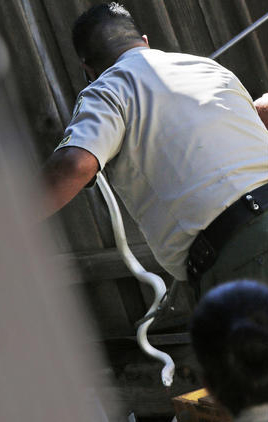
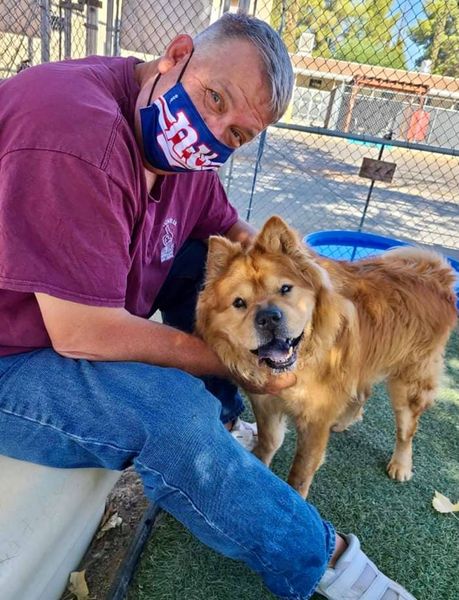
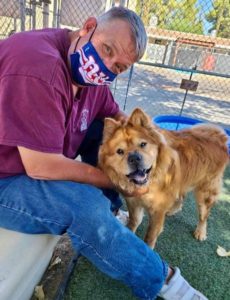

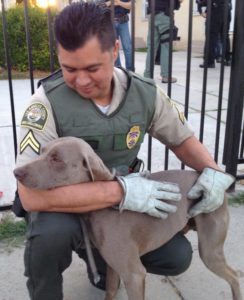





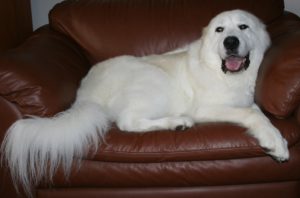 I know firsthand the unexpected medical costs of pet ownership and the need to make a very expensive decision right away. Several years ago, I took one of my routine early morning walks with our four large dogs. Suddenly Isabella, our nine-year-old Great Pyrenees, began having extreme difficulty breathing. We were three blocks from home when she collapsed and couldn’t walk anymore. She began gasping for air, her gums were turning blue, and she was in great distress. I was unable to carry her home (she weighed 95 pounds), especially with three other large dogs in tow. Thankfully, a good friend was close by and rushed over so I could put Isabella in her car. She
I know firsthand the unexpected medical costs of pet ownership and the need to make a very expensive decision right away. Several years ago, I took one of my routine early morning walks with our four large dogs. Suddenly Isabella, our nine-year-old Great Pyrenees, began having extreme difficulty breathing. We were three blocks from home when she collapsed and couldn’t walk anymore. She began gasping for air, her gums were turning blue, and she was in great distress. I was unable to carry her home (she weighed 95 pounds), especially with three other large dogs in tow. Thankfully, a good friend was close by and rushed over so I could put Isabella in her car. She 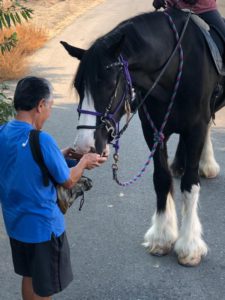 I learned the benefit of having animal health insurance when my horse Murphy developed a severe case of cellulitis in his leg and had to be hospitalized for two weeks. His medical treatment came to an overwhelming $14,000, but thanks to his insurance I only had to pay the $350 deductible. The annual premium payments I had paid for years were a good investment and I’m grateful I had the insurance.
I learned the benefit of having animal health insurance when my horse Murphy developed a severe case of cellulitis in his leg and had to be hospitalized for two weeks. His medical treatment came to an overwhelming $14,000, but thanks to his insurance I only had to pay the $350 deductible. The annual premium payments I had paid for years were a good investment and I’m grateful I had the insurance. 
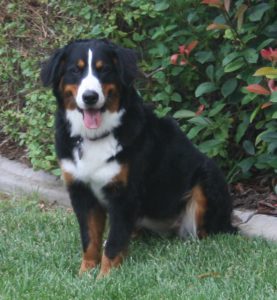
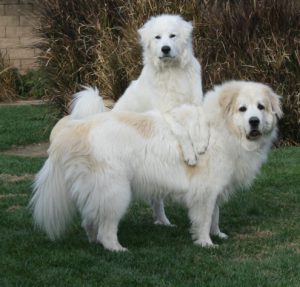


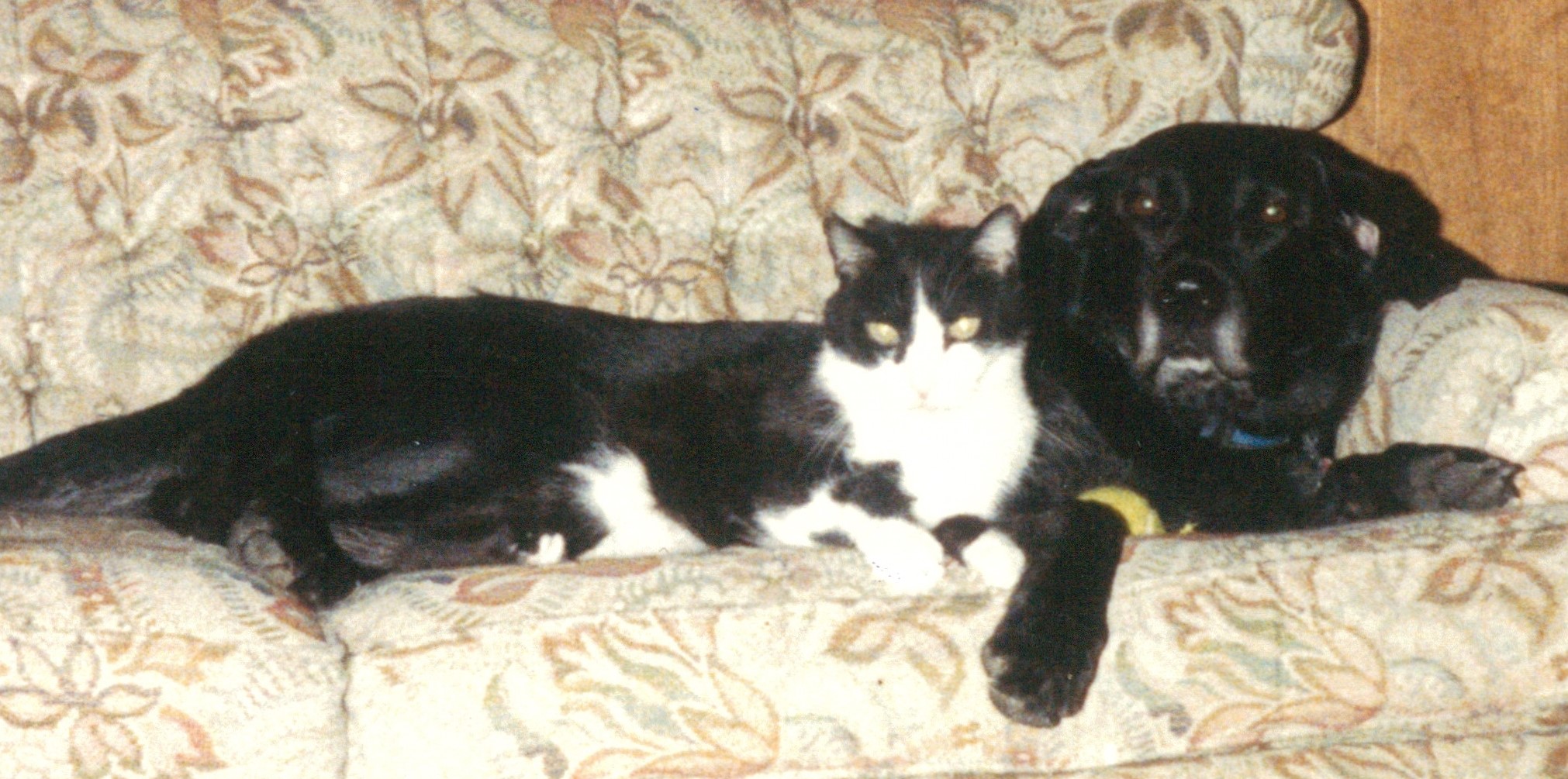
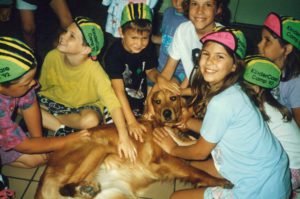
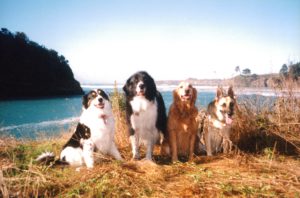
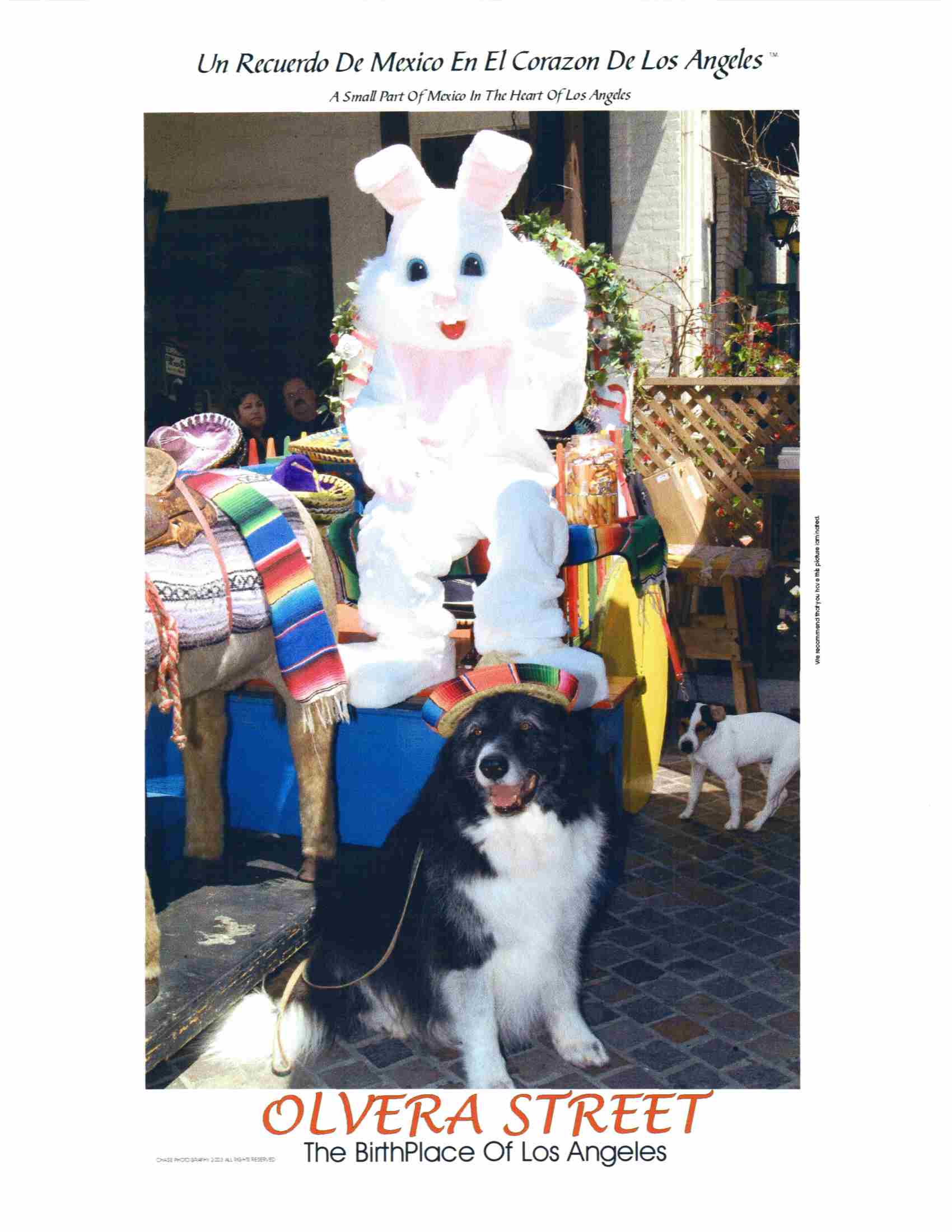 Carlisle also had a game of taking other peoples’ belongings and hoarding them. My dogs have always come to work with me, and I would constantly find items under my desk that Carlisle had stolen from my coworkers. A cane, a tin container full of coins, a tarp, a rock that propped someone’s door open, and my boss’s dog’s heartworm medication, among others. Before I knew what Carlisle was up to, I was annoyed that my coworkers thought they could use the area under my desk as a dumping ground for their items. Then one day a colleague caught Carlisle in the act of his kleptomania and we discovered his penchant for treasure hunting. He also loved to wear hats; his favorite was a sombrero we purchased on Olvera Street in Los Angeles.
Carlisle also had a game of taking other peoples’ belongings and hoarding them. My dogs have always come to work with me, and I would constantly find items under my desk that Carlisle had stolen from my coworkers. A cane, a tin container full of coins, a tarp, a rock that propped someone’s door open, and my boss’s dog’s heartworm medication, among others. Before I knew what Carlisle was up to, I was annoyed that my coworkers thought they could use the area under my desk as a dumping ground for their items. Then one day a colleague caught Carlisle in the act of his kleptomania and we discovered his penchant for treasure hunting. He also loved to wear hats; his favorite was a sombrero we purchased on Olvera Street in Los Angeles.